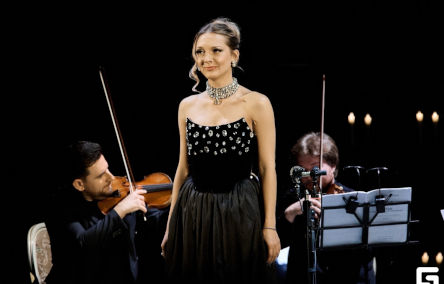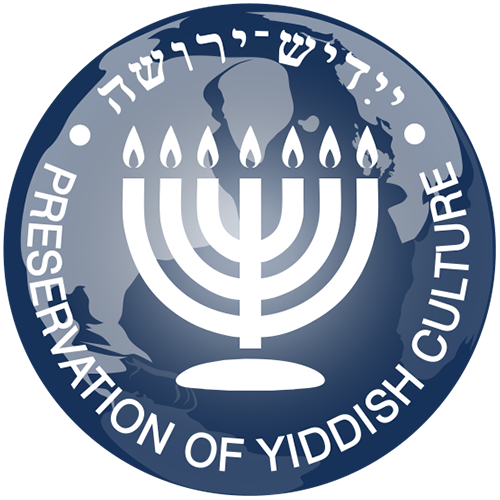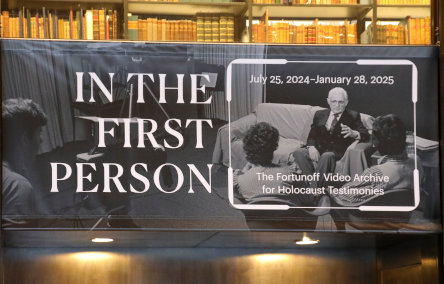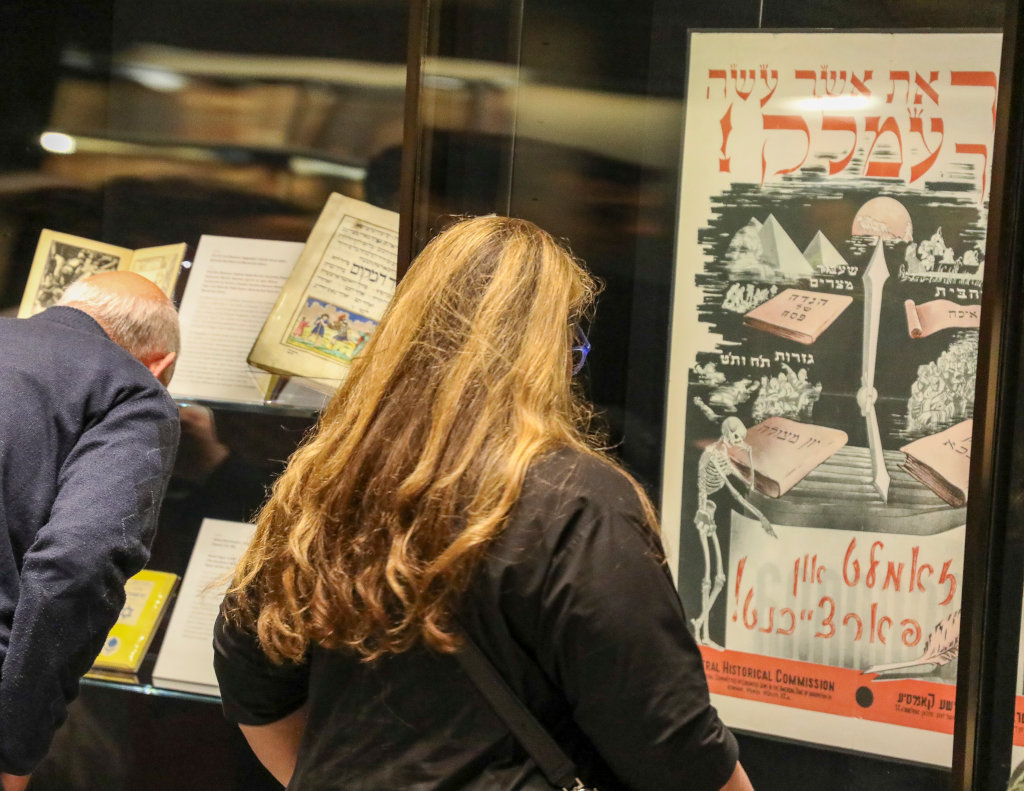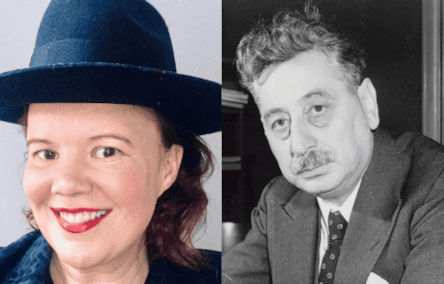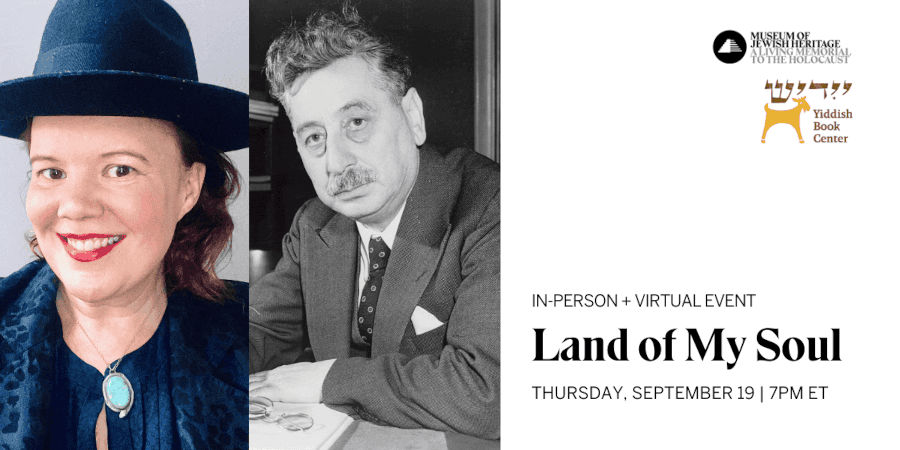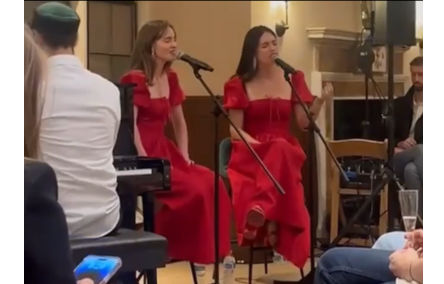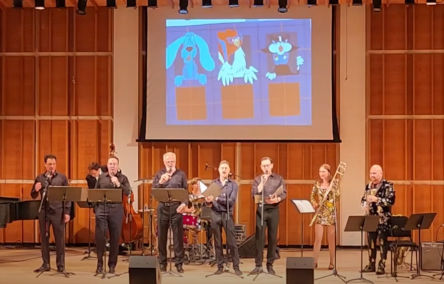The Shvesters, a vocal duo who recently began their music career in Detroit, performed several concerts in New York. On August 22 and 25, 2024, the Museum of Jewish Heritage hosted their performances twice, accompanied by the renowned guitarist Omri Bar Giora. On September 17 the duo had a concert at the Altneu, a relatively new Modern Orthodox synagogue launched in Manhattan’s Upper East Side in 2022.
During the last couple of years, the two singers, Chava Levi and Polina Fradkin, gained their reputation on social media for their perfectly synchronized voices and matching outfits, which resulted in a series of successful concerts in the US and Israel. Levi and Fradkin transform classic Yiddish melodies into sophisticated, contemporary harmonic jazz arrangements. As noted by one of their critics, Tel Aviv-based journalist Blake Flayton, “The Shvesters do not just make us want to move our feet to Yiddish; their music makes us long for Yiddish”.
